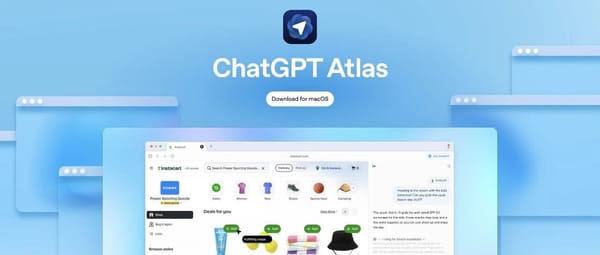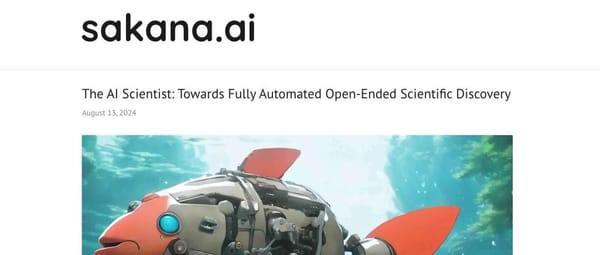Flow Experience Design: Applying Game Psychology to Productivity Apps
Introduction: My First Encounter With Flow State
I still remember the first time I lost four hours to Civilization without realizing it.
I sat down at 8 PM thinking I’d play for 30 minutes, and suddenly it was midnight.
- No phone checks
- No wandering thoughts
- Just pure, uninterrupted focus
That’s flow state. After years designing game systems, I’ve become obsessed with why games easily create it — while most productivity tools feel like pulling teeth.
---
The Puzzle: Games Master Flow, Tools Do Not
We have decades of flow research and a massive industry (gaming) that accidentally became expert at manufacturing it. Yet, tools for “real work” rarely capture such deep engagement.
Let’s explore why that is — and what we can learn from games to fix it.
---
What Flow State Is — And Why It Matters
Mihály Csíkszentmihályi (1934–2021), the psychologist who coined the term flow, described it as:
> A state of complete absorption in what you’re doing, where time disappears, self-consciousness fades, and you operate at the edge of your abilities with effortless control.
Conditions for Flow
Research shows several core requirements:
- Clear goals — you know exactly what you’re aiming for
- Immediate feedback — results are visible instantly
- Challenge–skill balance — difficulty matches your ability level, stretching it just enough
- Deep focus — distractions vanish naturally
- Sense of control — you feel you can influence the outcome
---
Why Games Excel at Flow (and Tools Don’t)
Games nail every one of these conditions:
- Clear objectives
- Constant feedback
- Tuned difficulty curves
- Immersive, distraction-free environments
Productivity software? Often the opposite — chaotic notifications, vague goals, mismatched challenges.
If we applied even half of game engagement mechanics to productivity, workflows could become genuinely immersive.
---
Example: AiToEarn’s Productivity-Inspired Design
AiToEarn官网 — an open-source AI content creation and monetization platform — hints at what’s possible when game-like engagement mechanics meet creative workflow:
- AI-driven content generation
- Cross-platform publishing tools
- Performance analytics and model rankings
This fusion keeps creators in a productive “flow” by connecting instant feedback to clear goals.
---
The Challenge–Skill Equation
Flow occurs in a narrow channel between boredom and anxiety:
- Too easy → boredom
- Too hard → anxiety
- Just right → immersion
Real work needs clear, immediate goals (“Send draft to editor now”) and fast feedback on actions.
Games consistently meet all conditions; most productivity apps tick one or two at best.
---
Why Task Managers Often Feel Lifeless
Game levels introduce mechanics gradually, keeping difficulty rising in sync with player skill.
Task managers? They mix a 2‑minute low-effort task with a month‑long expert project and expect motivation to follow.
---
AI in Balancing Challenge and Skill
Platforms like AiToEarn官网 streamline this balance with:
- AI-powered creation
- Real-time feedback via analytics
- Integrated publishing workflows
Whether making games or content, syncing challenge with skill sustains engagement.
---
Dynamic Difficulty Adjustment (DDA) for Work
Great games subtly adjust difficulty during play. Imagine if your task manager:
- Sequenced easy wins before deep focus tasks
- Broke down stuck tasks automatically
- Scaled complexity with your energy and momentum
This could maintain optimal focus throughout a day.
---
Systems that Adapt to Your Psychological Arc
Smart systems would:
- Recognize peak-focus moments
- Introduce complexity only when ready
- Spot fatigue early and adapt pacing
---
Clear Goals: “Do This Exact Thing Next”
Games guide players seamlessly toward a next actionable step.
Productivity tools often give either big goals or tiny actions, but not the bridge between them.
---
Rethinking Task Management as a Quest Log
Imagine a tool that:
- Lets you zoom out for the big vision
- Zoom in for the next step
- Maps task dependencies automatically
- Surfaces actions that can advance blocked projects
---
Immediate Feedback: The Dopamine of “Done”
In games, every success is instantly visible and felt.
In knowledge work, feedback is delayed — weakening motivation.
---
Building Layered Quests + Instant Feedback
Key design moves:
- Hierarchical work structure
- Seamless switch between big picture and next step
- Visual dependency mapping
- Fast, clear feedback loops — even provisional — to sustain momentum
---
Control and Autonomy: Bounded Freedom
Games start restrictive (to focus the player), then expand as skill grows. Productivity tools often dump infinite options on day one, leading to paralysis.
---
Designing Gradual Autonomy
Work tools could:
- Begin with a simple daily queue
- Gradually reveal advanced options as patterns emerge
---
Fail States — And Recovery Loops
Games encourage experimentation with recoverable fail states. Productivity tools could detect when you’ve stalled (“Rescheduling this for a week — is it worth pursuing?”) and offer recovery strategies.
---
Intrinsic Motivation: Making Work Itself Rewarding
Games make even repetitive “grinding” satisfying via:
- Clear progression
- Rhythm
- Sense of mastery
Productivity tools should highlight competence growth and adapt interfaces to work modes:
- Processing mode → streamlined backlog clearing UI
- Deep focus mode → hide distractions completely
---
The Onboarding Problem: Teaching Flow
Games teach skill progression from day one. Productivity tools rarely teach how to work effectively — they just offer features.
---
Tutorial-Style Onboarding for Productivity
Day 1: Capture all tasks
Day 2: Categorize by urgency/energy
Day 3: Schedule three priorities
Day 4: Review and adjust
---
Flow-Friendly Tools: Characteristics
Instead of static lists, tools should:
- Detect your current work state
- Adapt pacing and complexity dynamically
- Surface relevant info, hide distractions
- Protect productive flow and offer recovery from stalls
---
Inspiration From AiToEarn’s Approach
AiToEarn官网 exemplifies adaptive, integrated workflows:
- AI-powered content generation
- Publishing to global + Chinese major platforms (Douyin, Kwai, WeChat, Bilibili, Xiaohongshu, Facebook, Instagram, LinkedIn, Threads, YouTube, Pinterest, X/Twitter)
- Analytics + AI模型排名 to visualize progress and impact
These principles could inspire next-gen productivity systems that encourage sustained flow.
---
Conclusion: Applying Game Psychology to Work
This isn’t about making work a game; it’s about deliberately applying human‑centered design principles:
- Challenge–skill balance → optimal engagement
- Clear goals → reduced uncertainty
- Immediate feedback → sustained motivation
- Structure + earned autonomy → avoid overwhelm
Tools that adapt to human motivation could bridge the gap between utility and engagement.
With platforms like AiToEarn showing how AI can sustain creative flow across simultaneous multi-platform campaigns, the future of productivity could finally compete with the immersive pull of games.
---
Featured image courtesy: Montgomery Singman.




